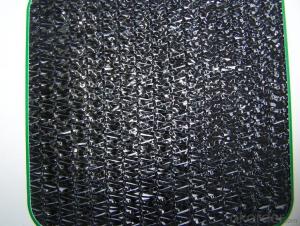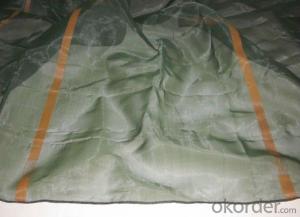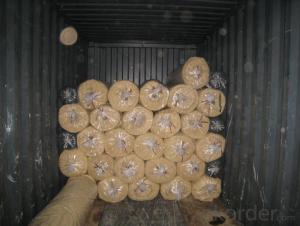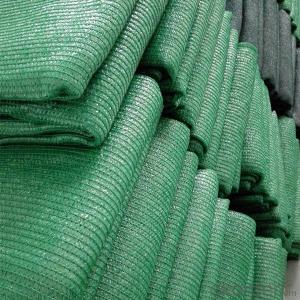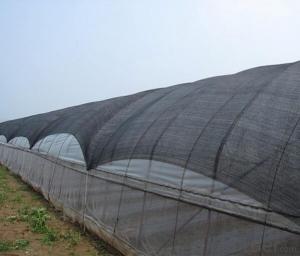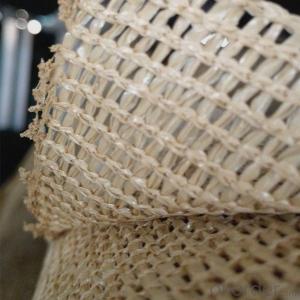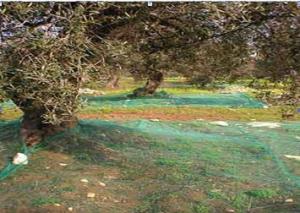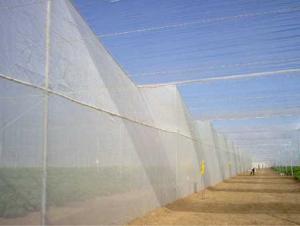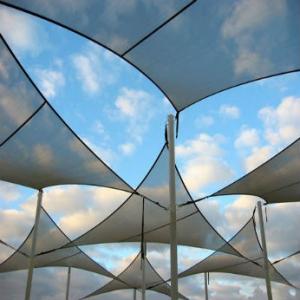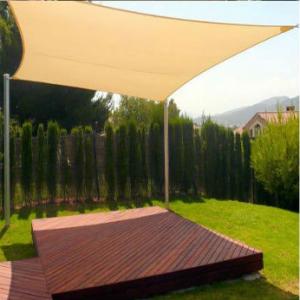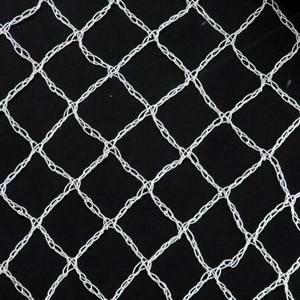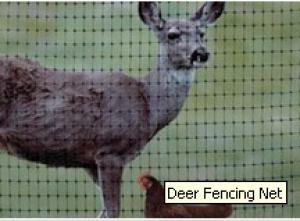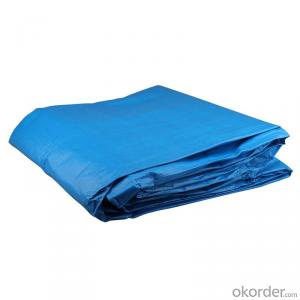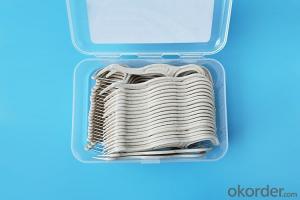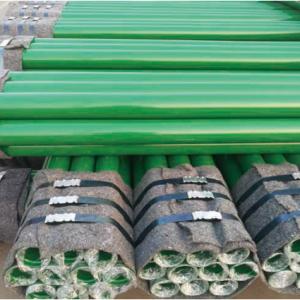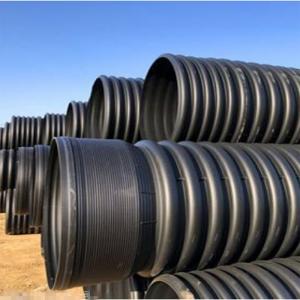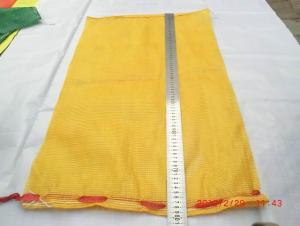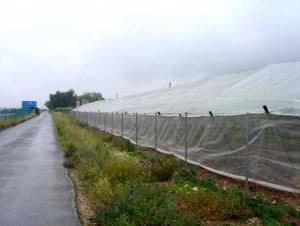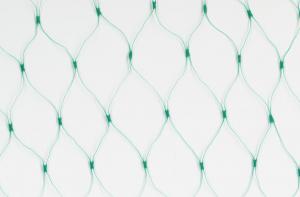Thermal screen Plastic shade net for greenhouse
- Loading Port:
- Shanghai
- Payment Terms:
- TT OR LC
- Min Order Qty:
- 1000 m²
- Supply Capability:
- 3000000 m²/month
OKorder Service Pledge
OKorder Financial Service
You Might Also Like
Alum. Plastic Shading Net 50%Shading 52%Energying Saving, Close Type
Thermal Screen Net
Thermal Screen for Energy Saving (CNBMIE52)
Thermal Screen for Greenouse Using
Energy Saving Aluminium Shade Net
. Greenhouse Shading Net
Products | Usage | Number | Shading Factor | Energy Saving |
Aluminum Foil Shading Screen | Outer use for greenhouse | CNBMF50 | 50% | 0% |
Aluminum Foil Shading Screen | Outer use for greenhouse | CNBMF65 | 65% | 0% |
Aluminum Foil Shading Screen | Outer use for greenhouse | CNBMF75 | 75% | 0% |
Aluminum Foil Shading Screen | Outer use for greenhouse | CNBMF80 | 80% | 0% |
Aluminum foil energy saving | Inner for shading | CNBMIS25 | 50% | 25% |
Aluminum foil energy saving | Inner for shading | CNBMIS35 | 65% | 35% |
Aluminum foil energy saving | Inner for shading | CNBMIS40 | 75% | 40% |
Aluminum foil energy saving | Inner for shading | CNBMIS45 | 80% | 45% |
Aluminum foil energy saving | Inner for shading | CNBMIS49 | 90% | 49% |
Aluminum foil energy saving | inner for energy saving | CNBMIE52 | 50% | 52% |
Aluminum foil energy saving | inner for energy saving | CNBMIE62 | 65% | 62% |
Aluminum foil energy saving | inner for energy saving | CNBMIE67 | 75% | 67% |
Aluminum foil energy saving | inner for energy saving | CNBMIE72 | 80% | 72% |
Aluminum foil energy saving | inner for energy saving | CNBMIE75 | 90% | 75% |
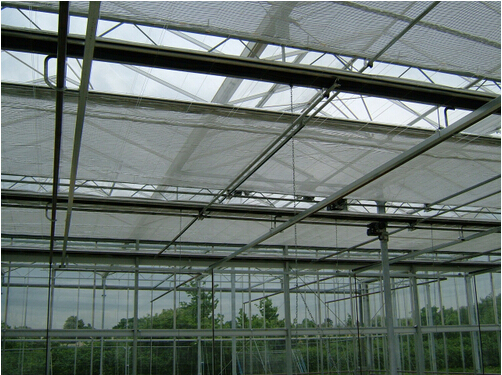
- Q:How do plastic nets impact soil erosion?
- Plastic nets can help reduce soil erosion by providing physical protection to the soil surface. These nets prevent the direct impact of raindrops, which can dislodge soil particles and cause erosion. Additionally, they can enhance water infiltration, allowing rainwater to penetrate the soil instead of running off. The nets also act as a barrier against wind, helping to retain moisture in the soil and preventing the loss of topsoil. Overall, plastic nets can be an effective tool in mitigating soil erosion.
- Q:What are the disadvantages of using plastic nets?
- Plastic nets have several disadvantages, including their negative impact on the environment. They are non-biodegradable and can take hundreds of years to decompose, leading to pollution and harm to wildlife. Plastic nets also contribute to the global plastic waste problem and can end up in oceans, causing harm to marine life. Additionally, plastic nets may not be as strong or durable as other materials, leading to potential breakage or damage.
- Q:Are plastic nets commonly used in the medical field?
- No, plastic nets are not commonly used in the medical field.
- Q:Can plastic nets be used for sports applications?
- Yes, plastic nets can be used for sports applications. Plastic nets are commonly used in various sports such as soccer, tennis, and basketball to contain the ball within the playing area, provide a barrier between players and spectators, and facilitate scoring and game play.
- Q:Are plastic nets suitable for use in reptile enclosures?
- No, plastic nets are not suitable for use in reptile enclosures. They can pose a risk to the reptiles as they may get tangled or injured in the netting material. Additionally, plastic nets do not provide adequate ventilation or UVB penetration, which are essential for reptile health. It is recommended to use appropriate reptile-safe materials such as wire mesh or glass for enclosures.
- Q:Can plastic nets be used for fishing?
- Yes, plastic nets can be used for fishing. They are commonly used in commercial and recreational fishing to catch a variety of fish species. Plastic nets are lightweight, durable, and have a fine mesh that allows water to pass through while capturing fish. However, it is important to ensure that the nets are used responsibly and do not contribute to plastic pollution in water bodies.
- Q:How are plastic nets manufactured?
- Plastic nets are typically manufactured through a process called extrusion, where melted plastic is forced through a die to form a continuous net-like structure. The extruded plastic is then cooled and stretched to achieve the desired strength and size of the net.
- Q:Do plastic nets come with anti-slip properties?
- No, plastic nets typically do not come with anti-slip properties.
- Q:Are plastic nets used in the food processing industry?
- Yes, plastic nets are commonly used in the food processing industry for various purposes such as packaging, separating products, and protecting perishable goods during transportation.
- Q:How do plastic nets perform in high-altitude areas?
- Plastic nets tend to perform well in high-altitude areas as they are lightweight, durable, and resistant to extreme weather conditions. These nets can effectively serve various purposes such as protecting crops, preventing soil erosion, and providing support for climbers. However, it is essential to consider the specific requirements of the area and choose the appropriate type of plastic net to ensure optimal performance.
1. Manufacturer Overview |
|
|---|---|
| Location | |
| Year Established | |
| Annual Output Value | |
| Main Markets | |
| Company Certifications | |
2. Manufacturer Certificates |
|
|---|---|
| a) Certification Name | |
| Range | |
| Reference | |
| Validity Period | |
3. Manufacturer Capability |
|
|---|---|
| a)Trade Capacity | |
| Nearest Port | |
| Export Percentage | |
| No.of Employees in Trade Department | |
| Language Spoken: | |
| b)Factory Information | |
| Factory Size: | |
| No. of Production Lines | |
| Contract Manufacturing | |
| Product Price Range | |
Send your message to us
Thermal screen Plastic shade net for greenhouse
- Loading Port:
- Shanghai
- Payment Terms:
- TT OR LC
- Min Order Qty:
- 1000 m²
- Supply Capability:
- 3000000 m²/month
OKorder Service Pledge
OKorder Financial Service
Similar products
New products
Hot products
Hot Searches
Related keywords
